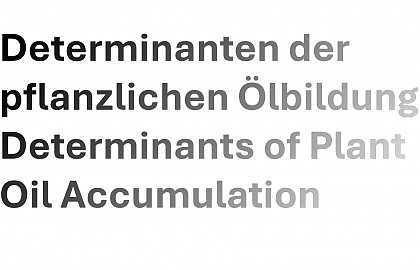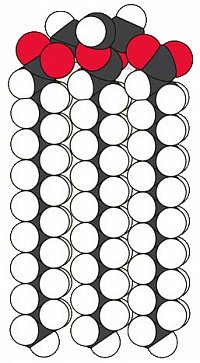
Seed oils are a valuable commodity and a wide range of "oil-seed crops", such as rapeseed, linseed, sunflower or soybean, have agricultural relevance. Most oil-seed crops deposit oils consisting of triacylglycerol (TAG), in which three fatty acids are esterified to a glycerol backbone. Based on genetic studies on the well-established oil-seed model, Arabidopsis thaliana, most enzymes and corresponding genes involved in biosynthesis and modification of fatty acids and their incorporation into TAG were previously identified. However, even though the enzymes are known, there is still a substantial lack of information about their subcellular distribution, in particular with regard to the precise in vivo localization patterns of the enzymes in membrane microdomains. In this project the subcellular distribution of functional fluorescent fusions of key enzymes of fatty acid metabolism and TAG biogenesis are systematically analyzed during Arabidopsis seed filling. Particular consideration is given to the characterization of relevant membrane subdomains in vivo and to the identification of molecular determinants mediating subcellular localization; and to the dynamic spatiotemporal relations of different enzymes and their interactions. The study takes advantage of state-of-the-art high-resolution live-imaging techniques and quantitative image analysis, as well as Arabidopsis and yeast genetic resources and comprehensive biochemical analysis. We anticipate to provide important new information on the biology of oil deposition in seeds, which may help to circumvent current bottlenecks in the metabolic engineering of designer seed-oils in crop plants.






